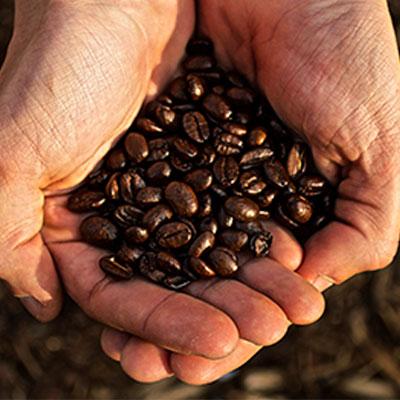The fact is that, despite the supply tightness, on the demand side there is no buying agitation, which would characterize the fear of shortage. World demand does not show aggressiveness. There are even reports of high stocks being held by importers. The latest GCA, for example, indicated green coffee stocks within US warehouses of 6.22 mln bags at the end of July, up 162 thousand bags from the previous month, which brings some relief to US buyers.
The delayed flow due to the logistical disruption justifies the accumulation of coffee in this period of the year. The summer with very high temperatures in Europe and the United States is another factor that helps to hold back consumption and weakens demand. But without a doubt, the economic and financial uncertainties deserve to be highlighted in this shorter posture of the world industry. The risk of recession ends up forging a review in the consumption scenario, which is reflected in the projections for this season’s purchases. High inflation, loss of purchasing power, and higher cost of money, due to high interest rates, is a limiting factor, which impacts the flow of purchases by companies and has a negative potential on the global coffee demand. In Europe, the world’s top coffee-consuming region, the situation is exacerbated by the war in Ukraine.
The sluggish demand ends up serving as a limit to price hikes on ICE US. In this sense, while the lower production in Brazil has been determining rising price bottoms, the shorter behavior of demand generates resistance to higher prices. The market weighs forces and adopts a gradual price realignment. The determinant of the market for the break in this behavior is the size of Brazil’s 2023 crop, especially arabica, which begins to be more clearly defined out of the blossoming in September and, especially, October.

